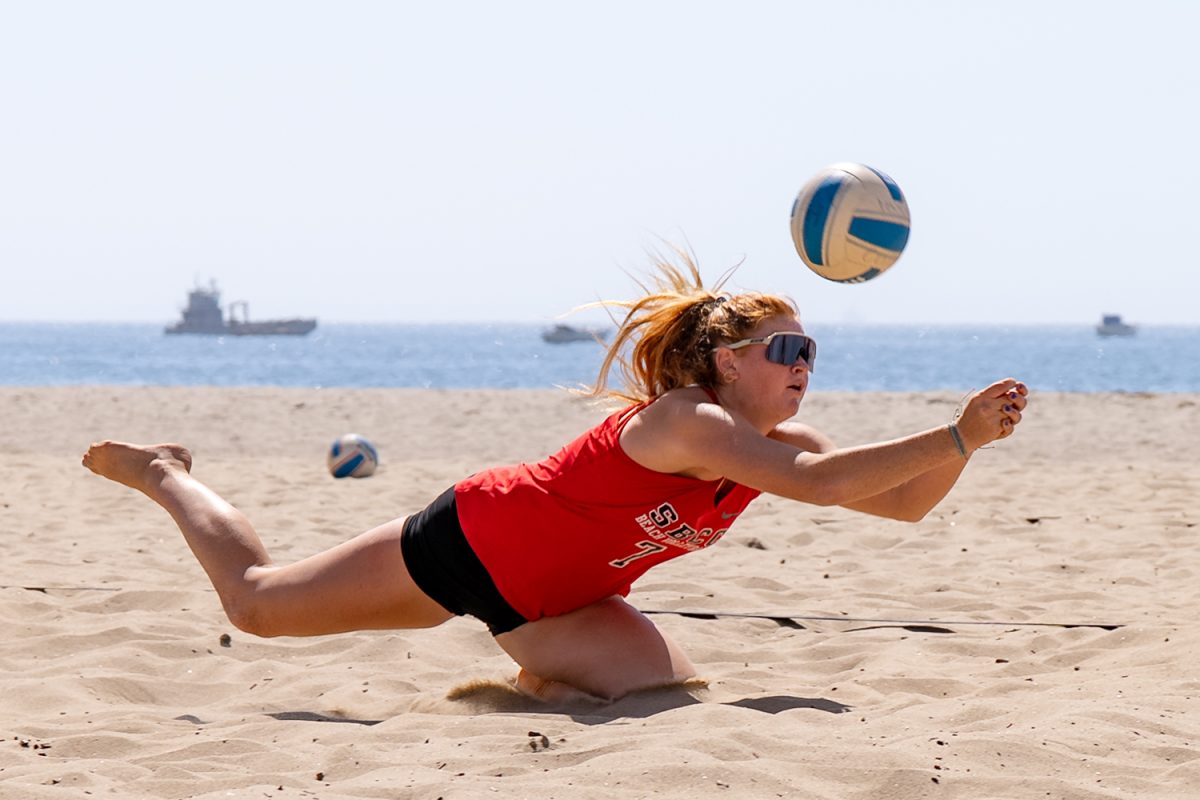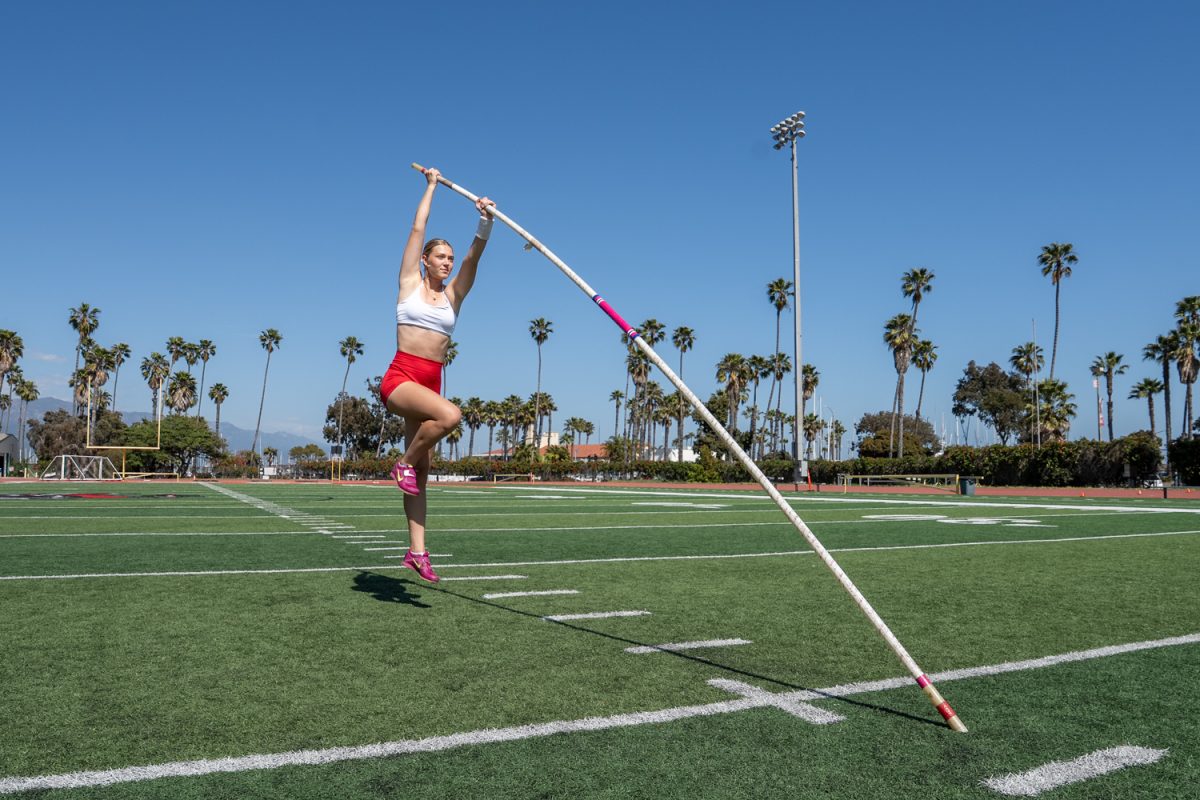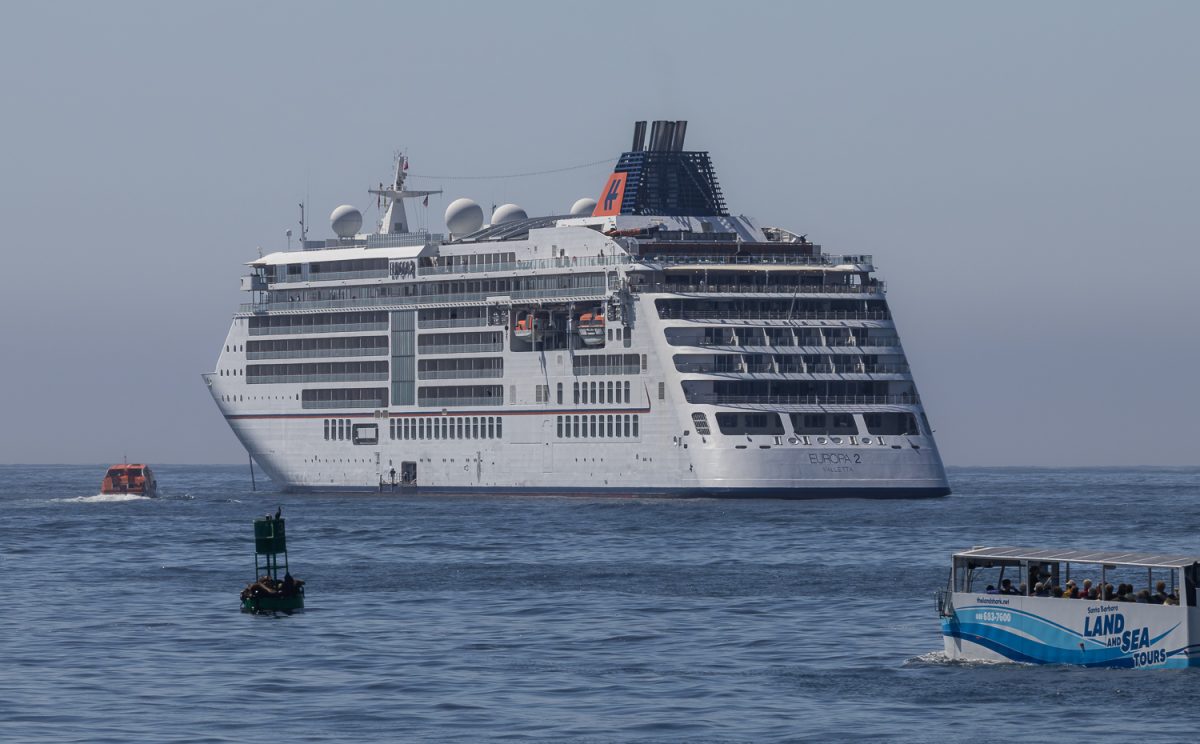Gabriela Martinez, director of education at the museum of Latin American art, spoke about the history of printmaking in Latin America and the way artists have supported political movements Wednesday, Nov. 1, on East Campus.
Martinez explained how printmaking was established in the Americas right after colonization in 1492. By 1539, the first printing shop was established in Mexico City.
“[The] first printing presses in the Americas were done as a series of libraries, in order to produce books that priests could use to indoctrinate indigenous people,” said Martinez.
“It was a project for assimilating indigenous cultures into European traditions and ways of thinking. It was also used to document what was going on with those colonial conquests.”
Martinez explained that these libraries were not intended to make the indigenous people literate. It was a tool for translation, so that the priests could communicate with the indigenous population.
One of the first pieces printed in the Americas was a flyer announcing the death of conquistador Pedro de Alvarado, who was crushed by his horse in battle.
“The first prints weren’t necessarily for the public,” said Martinez. “They are used to create this European identity within the Americas, in order to assimilate the indigenous population.”
She covered Latin American artists and how they depicted certain political movements in history like the Mexican Revolution and the Chicano Moratorium.
Martinez said the Mexican Revolution was when Mexican modern identity was established.
Jose Guadalupe Posada was a famous printmaker known for his satirical artwork that covered topics from European wear to the establishment of the electric trolley.
Other artists used printmaking to visually inform people about what was going on, whether it was about the immigrant experience, or bringing attention to the immigrant labor experience.
During the 1970 Chicano Moratorium protest, when college students in East Los Angeles protested the lack of opportunities at school, an art movement following the protest began to inform people about what was going on.
An example presented by Martinez, was a poster mimicking the “Sun Mad” raisins. The poster said called attention to the immigrant working conditions on farms.
Martinez focused on how artists and printmaking supported these political movements, and that it was part of how they helped established a national identity.
“We tend to think of the Americas as all these separate countries,” said Martinez. “We are realizing to create a movement, in order to improve the lives of people, we have to come together.”
She is currently working on an exhibition called “Grafica America,” which will include much of the art she presented and more. The exhibition will be at the Museum of Latin American Art and will open March 24, 2018.






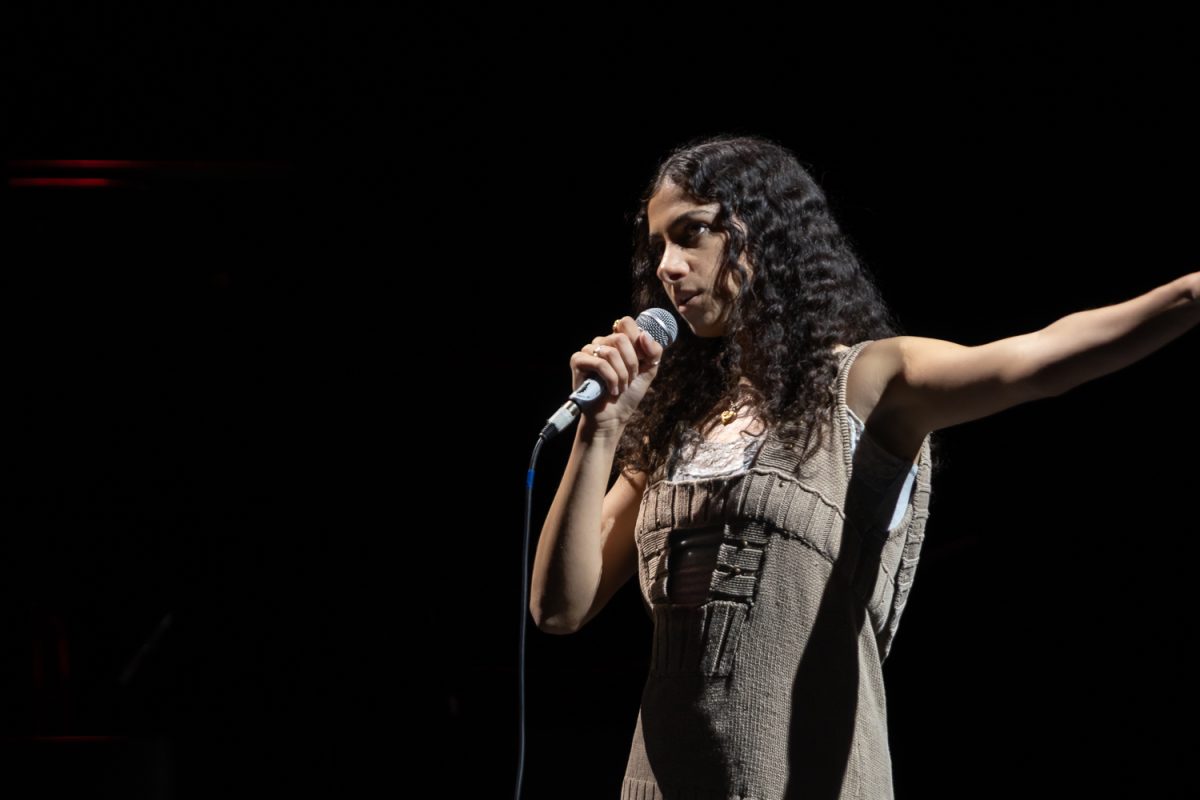

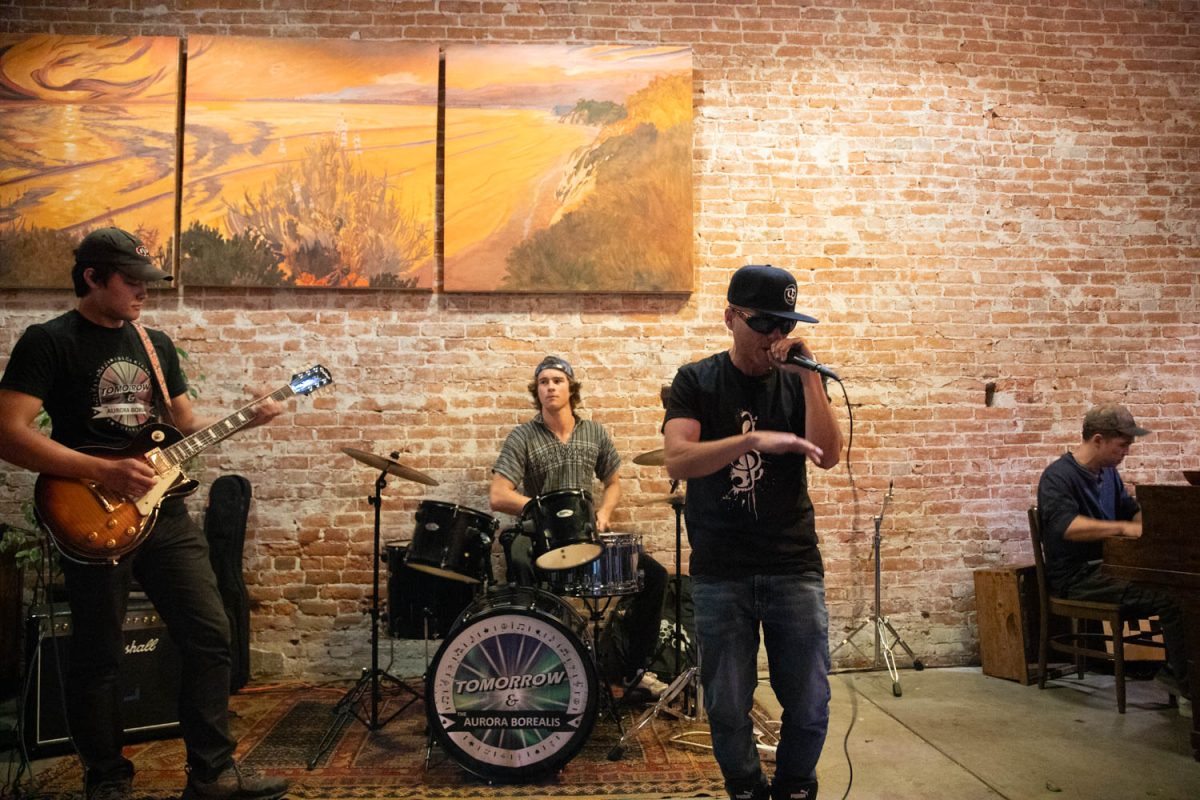

![Milton Alejandro Lopez Plascencia holds a flag showcasing the United States and Mexico on Feb. 7 in Santa Barbara, Calif. “It’s heartbreaking to see what is happening all across the country,” Lopez Plascencia said. “I [want] my voice to be heard by the community.”](https://www.thechannels.org/wp-content/uploads/2025/05/MGSImmigration-1-1200x800.jpg)
